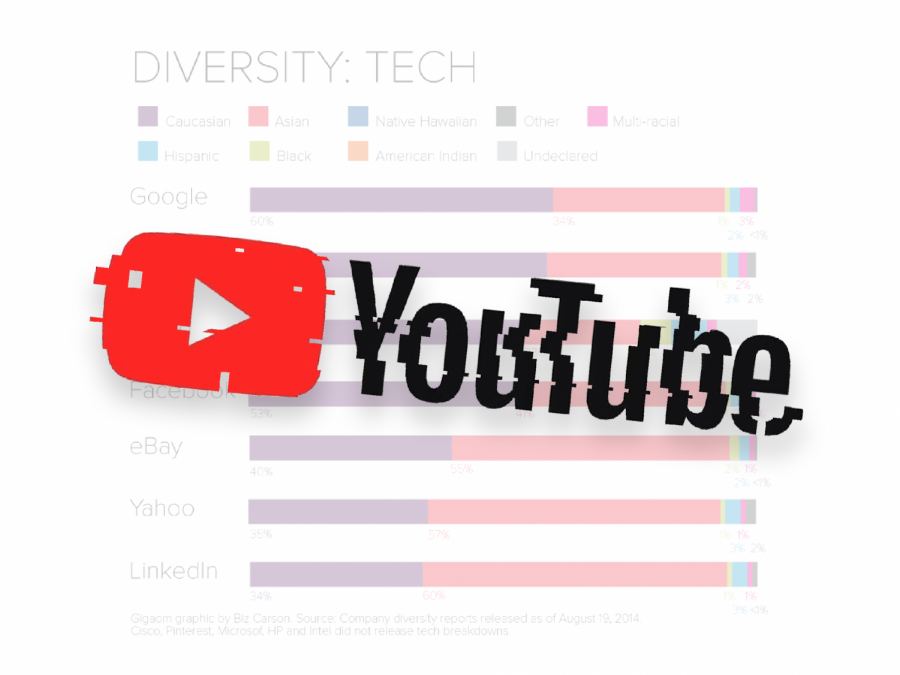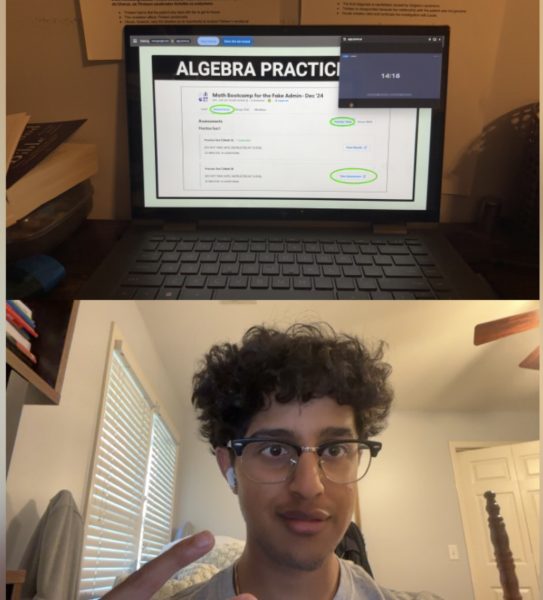Was James Damore right?
A look into the YouTube lawsuit.
When news regarding the controversial Google memo broke in the August of 2017, I felt that commentary regarding female representation in the technology world, especially in Silicon Valley, had become far too diluted with the unabashed, though not completely unfounded, criticism of the infamous, ex-Google employee James Damore for his claims on the alleged biological differences between men and women.
The document he released in the late summer of last year analyzed the findings of a handful of research papers, tying them to the reason for the gender disparity in the technology world, citing psychological differences to be the primary cause of the gender gap. This was the very argument that sparked the summer of 2017 media frenzy which had news sites criticizing the diversity memo, each providing counter-arguments and alternative facts that disproved Damore’s claims.
However, that was not the only assertion he made in that document.
The memo, titled “Google’s Ideological Echo Chamber” and subtitled “How bias clouds our thinking about diversity and inclusion”, along with its arguably erroneous claims regarding biology, detailed the alleged biases held within Google’s Mountain View campus. He discussed the effects that these biases had in the workplace and how these biases were harmful to the culture held within the campus itself.
On the January of this year, a lawsuit was filed against YouTube, a division of Alphabet’s Google, alleging that the recruiting team was told to turn away any and all applications from non-female, non-minority applicants in order to meet “diversity quotas” set by their superiors.
The lawsuit, filed by ex-YouTube recruiter Arne Wilberg, detailed the diversity initiative that lasted all of two years within the YouTube recruitment team and hiring committee.
The initiative, known internally as the “diversity tracker”, gave recruiters hiring quotas for minority applicants. The Wall Street Journal reported that “in the first quarter of 2016, recruiters were expected to hire five new employees each, all of them from underrepresented groups.”
These quotas, if not met, allegedly were a source of scrutiny within the recruiting team, according to Wilberg. It was in the November of last year that Wilberg was fired from the YouTube recruiting team for his complaints against the aforementioned initiative.
An investigation into YouTube’s hiring practices by Google’s human-resources department was initiated in the spring of 2016 and was reported to have been ongoing since then.
This lawsuit encapsulates Damore’s concerns over Google’s diversity practices, as these allegations, if found to be true, would shed light on the reality of the current state of diversity proliferation.
So, then poses the question: was James Damore right?
Considering the current pool of evidence, it would seem he had valid concerns over the issue of diversity within his workplace, the YouTube scandal, chief among them.
Now, it is a matter of the justifications of YouTube’s actions that are called into question.
Is it proper to diversify using such tactics as these? Does the balance of representation supersede the promise of equal opportunity?
It is a perpetual lose-lose situation, and if the root cause of the problem of under-representation is not properly addressed, then this issue will only develop further, leading to many situations such as these, situations in which no one is happy.
To learn is to grow, and if Wilberg’s lawsuit were anything to glean off of, it would be that an end does not justify the means in the world of identity politics, no matter how noble an initiative may be, and a solution to this issue has yet to be at hand.
The opinions expressed in this article are not representative of the opinions of the Lambert Post staff nor the opinions of Lambert High School.
Your donation will help support The Lambert Post, Lambert High Schools student-run newspaper! Your contribution will allow us to purchase equipment and cover website hosting costs.








